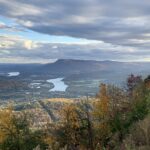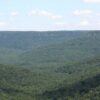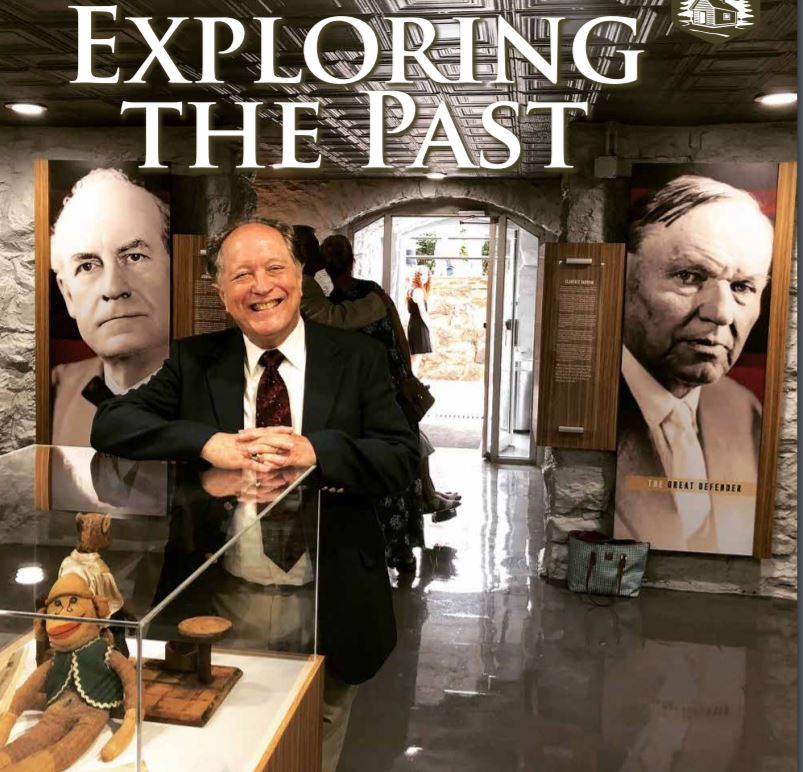
History Field Trips: The Scopes Monkey Trial in Dayton, TN
The “Scopes Monkey Trial” took place in July 1925, featuring the prosecution of John Scopes, a 24-year-old science teacher, for teaching evolution in a Tennessee public school. Billed as a grand showdown between religion and science, the trial played out for the world in the sweltering summer heat in Dayton, Tennessee.
Here’s some quick facts that provide insight into what became the Trial of the Century, as well as information about how you and your family can visit Dayton to learn more.
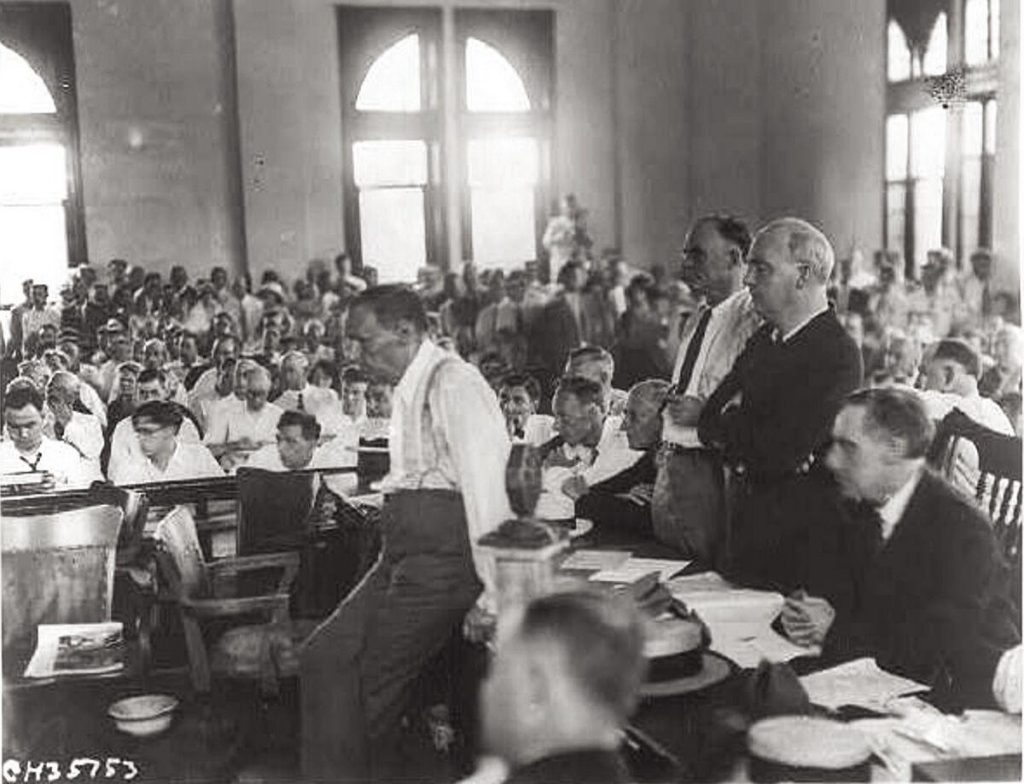
Fact # 1
British naturalist Charles Darwin’s theory of evolution, outlined in his 1859 book On the Origin of Species, was a controversial concept in many parts of America in the early 1900s. The Tennessee House of Representatives unanimously passed a bill in 1925 by John W. Butler, called The Butler Act, which made it illegal for any teacher in a publicly funded school “to teach any theory that denies the story of the Divine Creation of man as taught in the Bible, and to teach instead that man has descended from a lower order of animals.” When the American Civil Liberties Union (ACLU) received news that The Butler Act had passed, it immediately sent out a press release to challenge it.
Fact # 2
Truth be told, the Scopes Trial was deliberately staged by locals to attract attention to the small town of Dayton and stimulate the economy. A local businessman met with Dayton’s school superintendent and a lawyer to create a plan to get Dayton into the news as part of the ACLU’s challenge of The Butler Act.
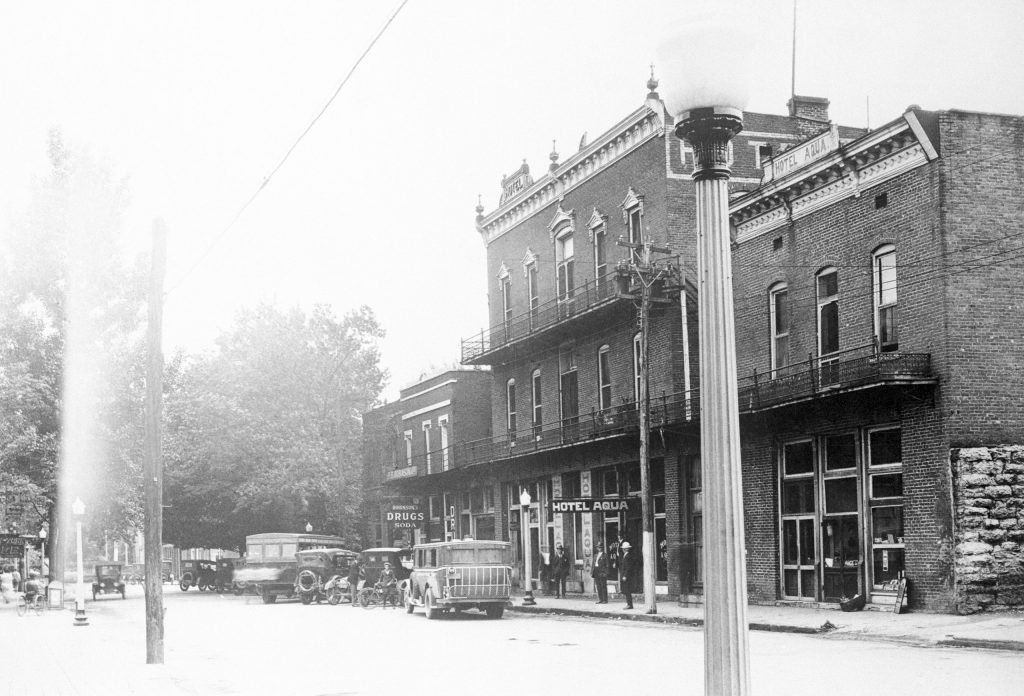
Fact # 3
Rhea County Central High School science teacher John Scopes volunteered to admit to teaching evolution for the purposes of the staged trial. Scopes taught physics and math, not biology, and reportedly wasn’t even sure he had ever taught the concept of evolution. Scopes was represented by one of the most famous lawyers at that time, Clarence Darrow, a leading member of the ACLU. Scopes was ultimately convicted of violating state law and fined $100, but the Tennessee Supreme Court reversed the conviction on a technicality and did not rule on the constitutionality of the law.
Fact # 4
A three-time Democratic nominee for president, William Jennings Bryan – known as The Great Commoner – agreed to serve as prosecutor for the State of Tennessee. Clarence Darrow waived his right to make a closing statement, so Bryan was not allowed to deliver his; however, he published the speech he had intended to give, beginning with this statement: “Science is a magnificent force, but it is not a teacher of morals.”
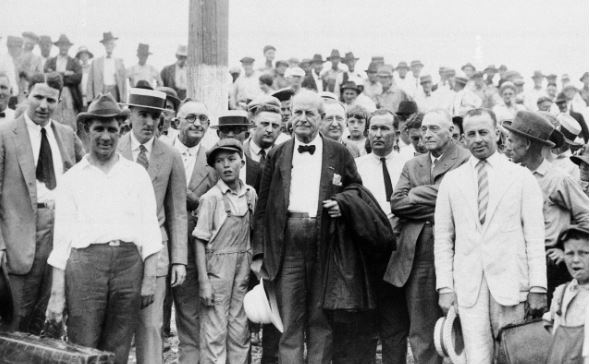
Fact # 5
Once the trial began, Dayton became somewhat of a circus, with hordes of people and journalists jammed into the smoldering Rhea County Courthouse and surrounding town for more than two weeks. More than 200 reporters from all over the country – and two from London – came to report on the trial proceedings. Thousands of miles of telegraph wires were hung for the 22 telegraphers who sent out 165,000 words per day about happenings. Read this July 4, 1925 article in The New Yorker by Marquis James for a sense of the reporting.
Fact # 6
Baltimore Evening Sun columnist H.L. Mencken nicknamed Dayton “Monkey Town,” which was not a term of endearment. He wrote about the town’s narrow streets jammed with Bible salesmen, souvenir hucksters, and trained chimpanzees performing on the courthouse lawn, including a performing chimpanzee named Joe Mendi.
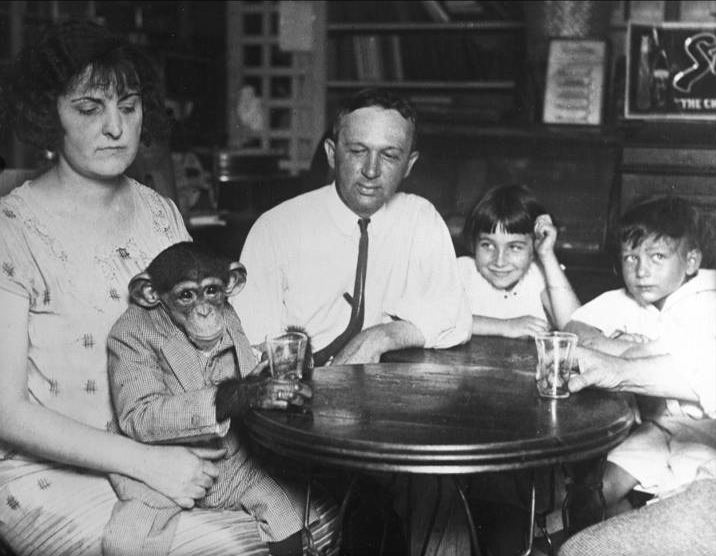
Fact # 7
Bryan and his wife were guests in the F.R. Rogers house on the corner of what is now Market Street and Georgia Avenue. Five days after the Scopes Trial ended, Bryan spoke at the Sunday service at First Methodist Church south of Dayton, followed by a heavy dinner at the Rogers home. He took a nap after dinner and was found dead in the bed around 4 pm that afternoon of an apparent stroke. Bryan was transported by train to his burial place in Arlington National Cemetery.
Fact # 8
John Scopes never taught school again after the Scopes Trial. He earned a master’s degree in geology from the University of Chicago, married and had two children. In 1967, he published a book about his experiences in the Scopes Trial, Center of the Storm.
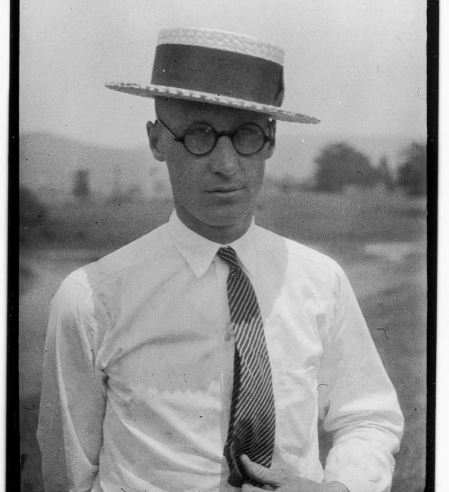
Fact # 9
In the days and months following the trial, a number of songs were recorded about the event:
The John T. Scopes Trial, written by Carson Robison and recorded by Vernon Dalhart on the day the trial began, July 25, 1925; Scopes Trial (Oct. 1925); William Jennings Bryan’s Last Fight (Aug. 1925); The Death of William Jennings Bryan (Aug. 1925); The Bible’s True (April 1926); and You Can’t Make a Monkey Out of Me (Aug. 1927).
Fact # 10
Today, you can visit the historic Rhea County Heritage & Scopes Trial Museum in the historic courthouse where all the action took place in 1925. You can also peak inside the courtroom on the second floor, which looks just like it did during the Scopes Trial. Every July, Dayton hosts the Scopes Festival, which includes several performances of Front Page News, a hugely popular and entertaining play adapted from the authentic transcript of the Scopes Trial and presented in the historic courtroom.


